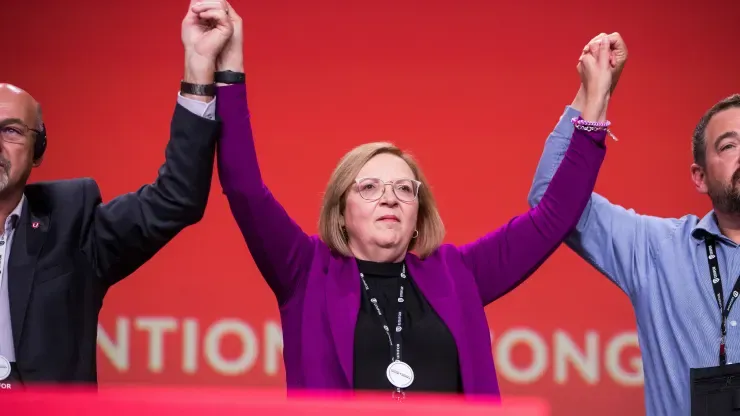The Canadian auto union has initiated a national strike at Stellantis, the parent company of Chrysler. This development is likely to have significant implications for the automotive industry in Canada. Stellantis is a major player in the market, and any disruption to its operations is likely to have a ripple effect on the wider industry. The reasons behind the strike are not yet clear, but it is likely that the union is seeking better working conditions and pay for its members. As the situation develops, it will be important for all stakeholders to monitor the situation closely and work towards a resolution that benefits everyone involved.
After reaching a tentative agreement Saturday with the United Auto Workers union, Chrysler-parent Stellantis is now facing a national labor strike in Canada.
Canadian Labor Strike
Canadian union Unifor called a national strike of more than 8,200 autoworkers early Monday morning after the sides failed to reach a new agreement by 11:59 p.m. Sunday.
Impact on Stellantis
The Canadian work stoppage comes two days after the Stellantis reached a tentative deal for roughly 43,000 U.S. autoworkers with the UAW after roughly six weeks of targeted strikes that began Sept. 16.
The new strikes in the Canadian province of Ontario affect two large assembly plants that produce the Chrysler 300 sedan and Pacifica minivan and Dodge Challenger and Charger muscle cars.
The latter vehicles, produced at Stellantis’ Brampton Assembly, are specifically notable, as the company is producing the final traditional V-8 models of the Dodge muscle cars ahead of production stopping at year’s end.
The Canadian work stoppage comes nearly three weeks after Unifor launched a roughly 12-hour national strike against General Motors after the sides failed to reach a tentative agreement by a union-set deadline.
Comparison with UAW's Approach
Unifor, which represents 18,000 Canadian workers at the Detroit automakers, took a more traditional approach to its negotiations than its U.S. counterpart. The Canadian union is negotiating with each automaker separately and using a deal first reached last month with Ford as a “pattern” for GM and Stellantis.
That traditional patterned-bargaining approach runs counter to the UAW’s new strategy of bargaining with all three automakers at once.
UAW's Strikes and Tentative Agreements
The UAW has been gradually increasing the strikes since the work stoppages began after the sides failed to reach tentative agreements by Sept 14. The targeted, or “stand-up,” strikes are taking place instead of national walkouts.
However, once the UAW reached a tentative agreement, which must still be ratified by members, Wednesday with Ford Motor, it has used that deal as a template for proposals with Stellantis and GM.
-Source(cnbc)



